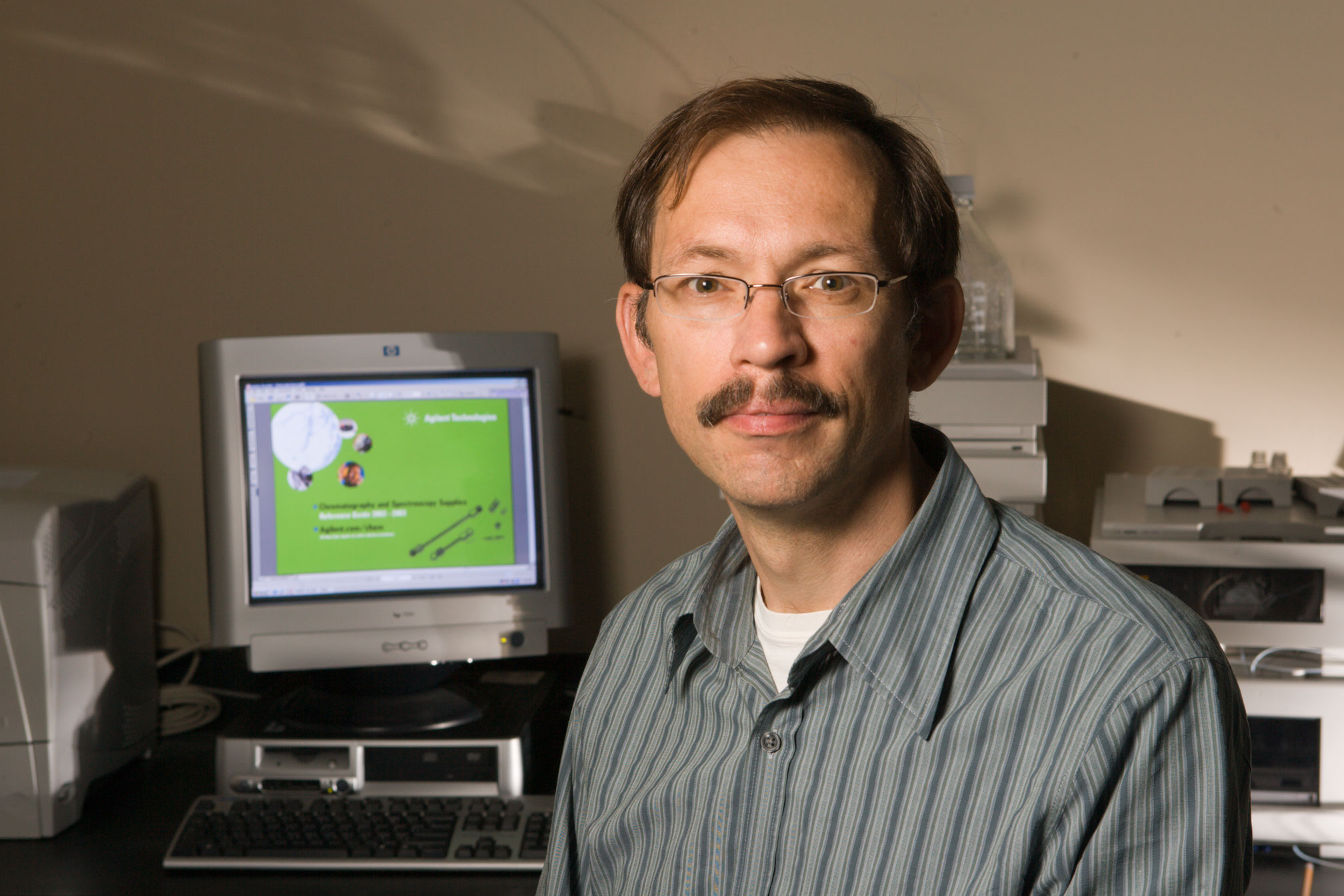Scientists years ago found ways to automate the production of DNA and proteins, making studies of these essential components of life easier. With complex carbohydrates, it’s been a different story.
Until now, the construction of so-called “libraries” of carbohydrate molecules for biological study has been slow and tedious. In what may change all that, a team of UGA scientists has created a method for the rapid chemical synthesis of complex carbohydrates, and that method could dramatically change the availability of such molecules for research.
“In the past, it has simply taken too long to make these molecules, and it has held back progress in the field,” said Geert-Jan Boons, Franklin Professor of Chemistry and director of the research. “Now, we have a new method of synthesis that will make well-defined molecules available for in-depth study.”
The method was reported in the journal Nature Chemistry.
Other authors of the paper include doctoral students Thomas Boltje and Jin Park and postdoctoral associate Jin-Hwan Kim. The team is part of the Complex Carbohydrate Research Center. The work was sponsored by the National Institute of General Medicine Sciences of the National Institutes of Health.
“The emerging field of glycomics has been severely hampered by a lack of robust, well-defined libraries of carbohydrate molecules, which are greatly needed to decipher the ‘carbohydrate codes’ used by cells for processes such as cell signaling, embryogenesis and neuronal development,” said Pamela Marino, director of the glycobiology portfolio at the NIH’s National Institute of General Medical Sciences. “Dr. Boons has established an important new methodology for the rapid synthesis of complex oligosaccharides in a manner amenable to automation,moving the field a step closer to achieving automated synthesis of complex sugars.”
Glycomics is the study of complete sets of complex carbohydrate structures expressed by specific cells, tissues or organisms. It examines the role of these molecules in areas such as physiology, genetics and disease pathology.
The stakes in being able to study and understand the function of oligosaccharides, chains of simple sugars found on the cell surface of all plant and animal cells, are immense. They are involved in such cellular processes as protein folding, the regulation of cell signaling and fertilization. These complex carbohydrates also are being recognized by pathogens during infection, help control immune cell response and have a role in the development of cancer and autoimmune diseases.
Unlike DNA, which can be induced to replicate itself millions of times in a laboratory for study, these compounds must be built a molecule at a time, and they can be “linked” in different ways, making chemical bonding problematic.
“One of the ways to understand the problems we’ve had is that while DNA and proteins are linear molecules in which the nucleoside or amino acid building blocks are linked together one way, carbohydrates are branched, and they can be linked in two different ways,” said Boons. “And it’s very hard to control the configuration of these linkages in the laboratory. And that is essential if we are to find ways to build these new libraries of molecules for study.”
More research will see if the method will work on other complex carbohydrates, but indications are that it will.


